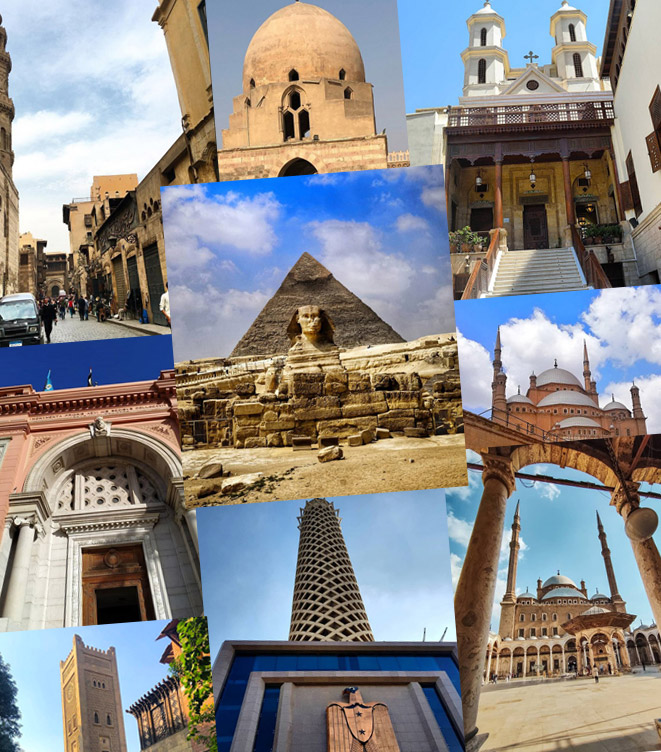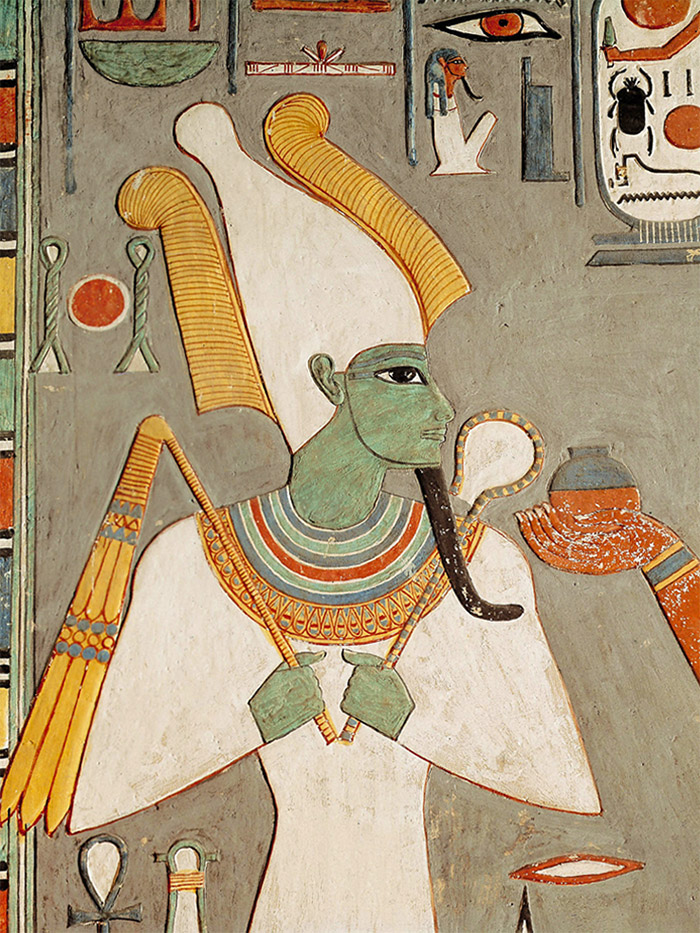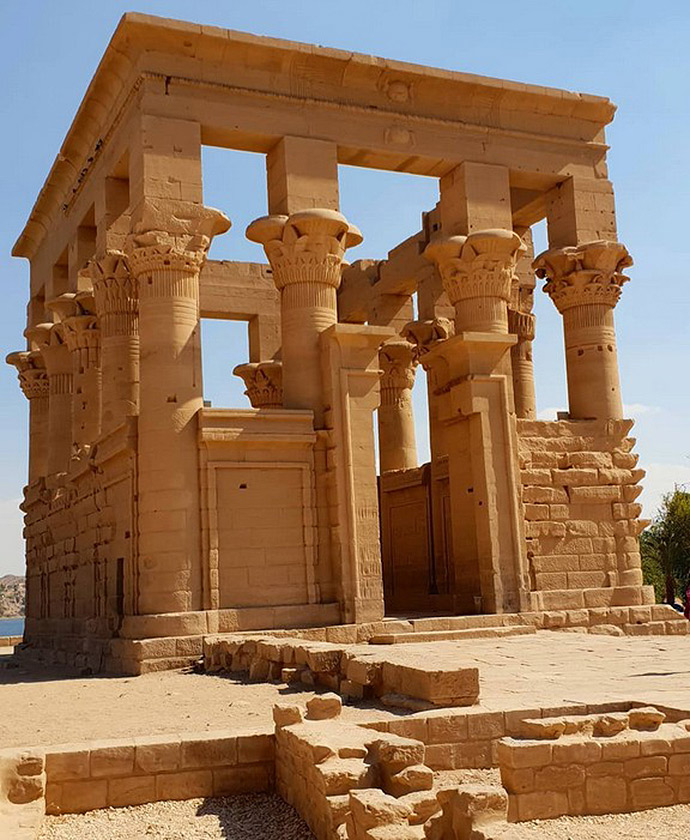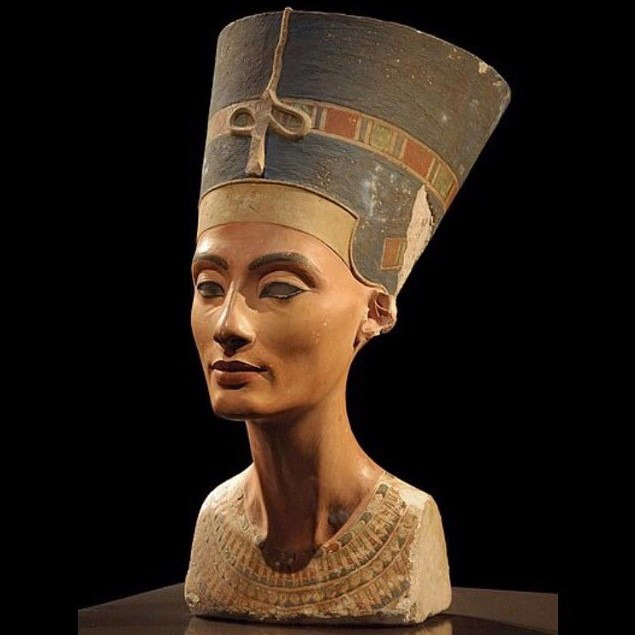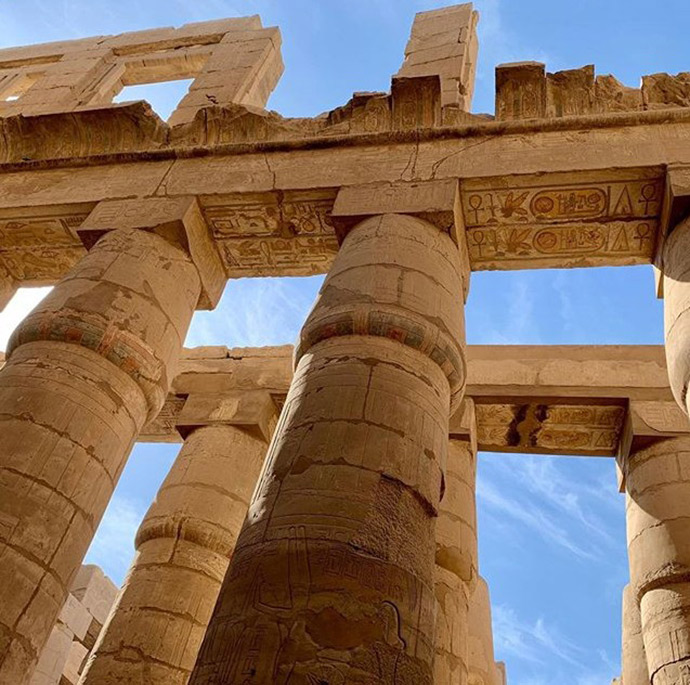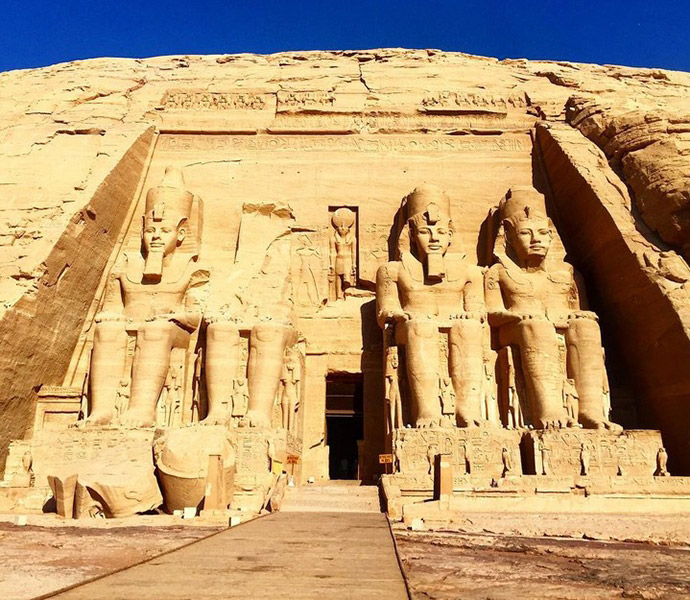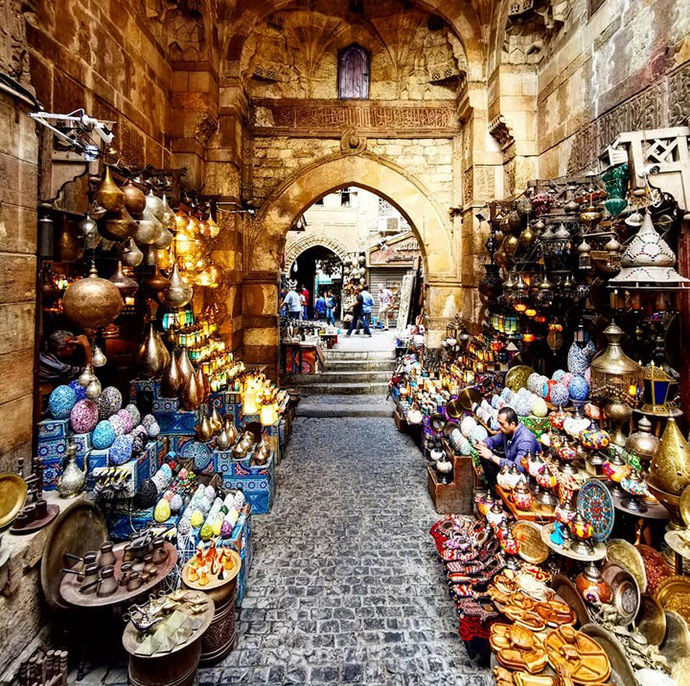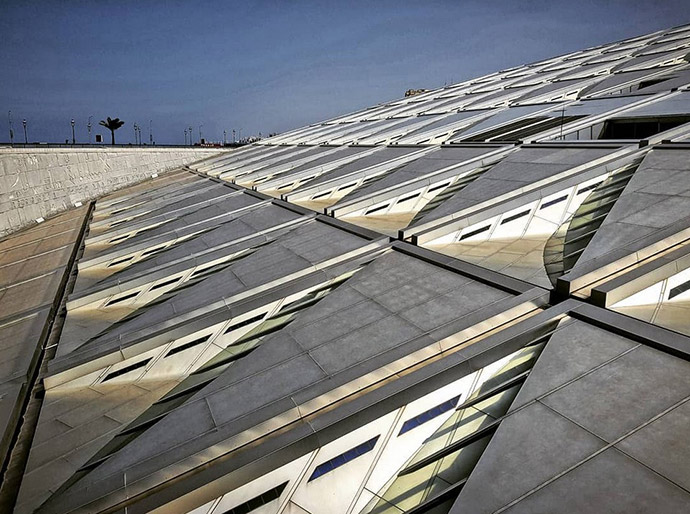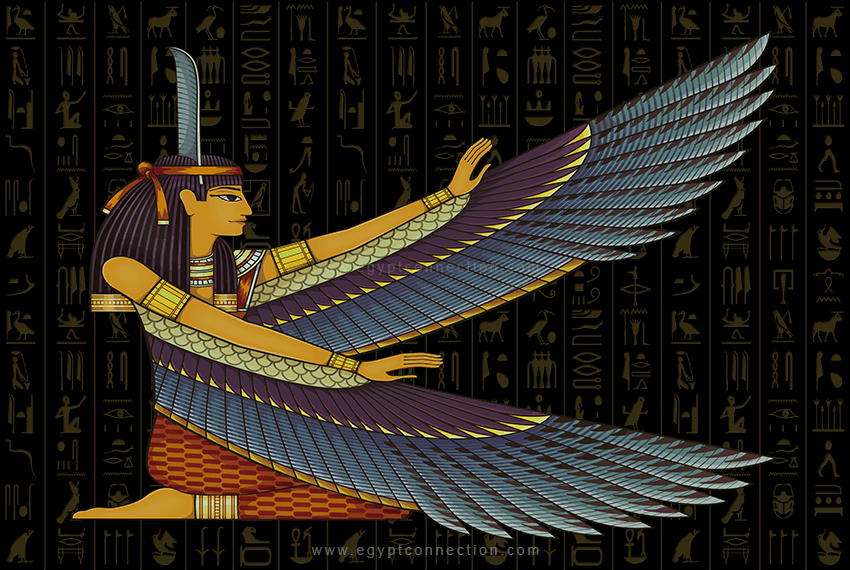
The Ancient Egyptian Maat goddess personified principles, law, order, justice and balance. For the Egyptians in Ancient Egypt, Ma’at was a Goddess, but she also represented a concept or principles of justice. Egyptians worshiped Maat by living life according to these principles of justice, order and harmony.
Find out some information about this Egyptian Goddess and the principles that Egyptians lived by in Ancient Egypt wishing for an afterlife.
Table Of Contents
1. The Goddess Ma’at Meaning
2. The 7 Principles Of Ma’at
3. The Powers Of Ma’at
4. The Meaning of The 42 Laws Of Ma’at
5. The Physical Description Of Ma’at
1. The Goddess Maat Meaning
Maat was the daughter of the sun god Ra and also the personification of truth, cosmic balance, and justice in the Ancient Egyptian religion. Maat which is also spelled Ma’at, Maae’t or Mayet was the goddess of truth, justice, balance and order. Maat was often depicted as a standing or sitting young woman with an ostrich feather on her head or with outstretched wings on her arms. The depiction of the goddess Maat as a young woman with wings are recorded from the time of the middle of the Old Kingdom (c. 2680 to 2190 BCE).
The goddess Maat was very often appeared with Ra’s boat as they moved across the sky. The Ancient Egyptian goddess was part of the Eye of Ra. The eye gave Ra protection from his enemy Apep which was an evil serpent that tried to always attack his progress.
The Ma’at “Feather of Truth” was used at the after death weighing of the Heart ceremony. The dead in Ancient Egypt would’ve had their internal organs removed except for the heart before embalming. As the legend goes, it was believed in Ancient Egypt that they would take the heart with them to the scales to be judged by Anubis in Duat (the underworld). If the deceased person’s heart was heavier than Maat’s feather, the deceased would be eaten by a demon. On the other hand, if the heart was lighter than the feather, Anubis would escort them on their heavenly ascent to Aaru. In Ancient Egyptian religion, Anubis was the god of funerary rites, protector of graves and the guide to the underworld.
2. The 7 Principles Of Maat
In the Ancient Egyptian religion, the 7 Principles of Ma’at represented the concept of truth, justice, harmony, balance, order, reciprocity and propriety. Maat was basically the ethical and moral principles by which all people of Ancient Egypt had to follow in their daily lives. The seven Principles of Ma’at were if you like the laws we have today in each country to govern and control society. The 7 principles/virtues of Maat were there to achieve a state of human perfectibility. The seven principles bound all Ancient Egyptians as they believed that their actions and behaviour in life had a great and significant impact in the afterlife. Due to this belief, Ancient Egyptians followed these principles.
3. The Powers Of Maat
All gods and goddesses in Ancient Egypt including Ma’at had power over Egyptians. Some gods also had certain powers over other gods of Ancient Egypt. One of those powers that Ma’at gave some gods was the ability to breathe air. Like the water of life, Ma’at’s potion gave an afterlife to peaceful and law-abiding people when they died. In contrast, violent and cruel people were given death.
The goddess Ma’at was indeed very powerful, but she did also have limits to her powers. Some of this limitations to Ma’at’s powers were that She could not make the sun travel through the sky like Ra (God of the Sun), she also could not control the netherworld like Osiris could. Ma’at also could not make the stars shine like Nut could but Ma’at still had her own unique powers like her potion for the afterlife.
4. The Meaning of The 42 Laws Of Maat
The 42 Laws of Ma’at are the Negative Confession which are also known as “The Declaration of Innocence”. These laws are a list of 42 sins that the soul of the deceased can honestly declare it has never committed as it stands for judgment in the afterlife. The most famous list comes from The Papyrus of Ani. See all of The 42 Laws Of Maat in a dedicated article on our website.
Get our specially designed poster of The 42 Laws Of Ma’at (Negative Confessions and Positive Affirmations) on our Zazzle store here.
5. The Physical Description Of Maat
Ma’at was depicted as having dark hair and skin. She was normally shown wearing a white linen dress. Like Isis, Ma’at was a winged Egyptian goddess often shown wearing armbands and necklaces made from gold and jewels. Maat’s also has her unique Feather of Truth strapped to her head. Like the other gods and goddesses of Ancient Egypt, Maat wore black eye makeup around her eyes and on her eyebrows which is known as “kohl” (even in modern day Arabic used in Egypt) which showed her high ranking status.
You might also like
The 42 Laws Of Ma’at – Negative Confessions and Positive Affirmations




